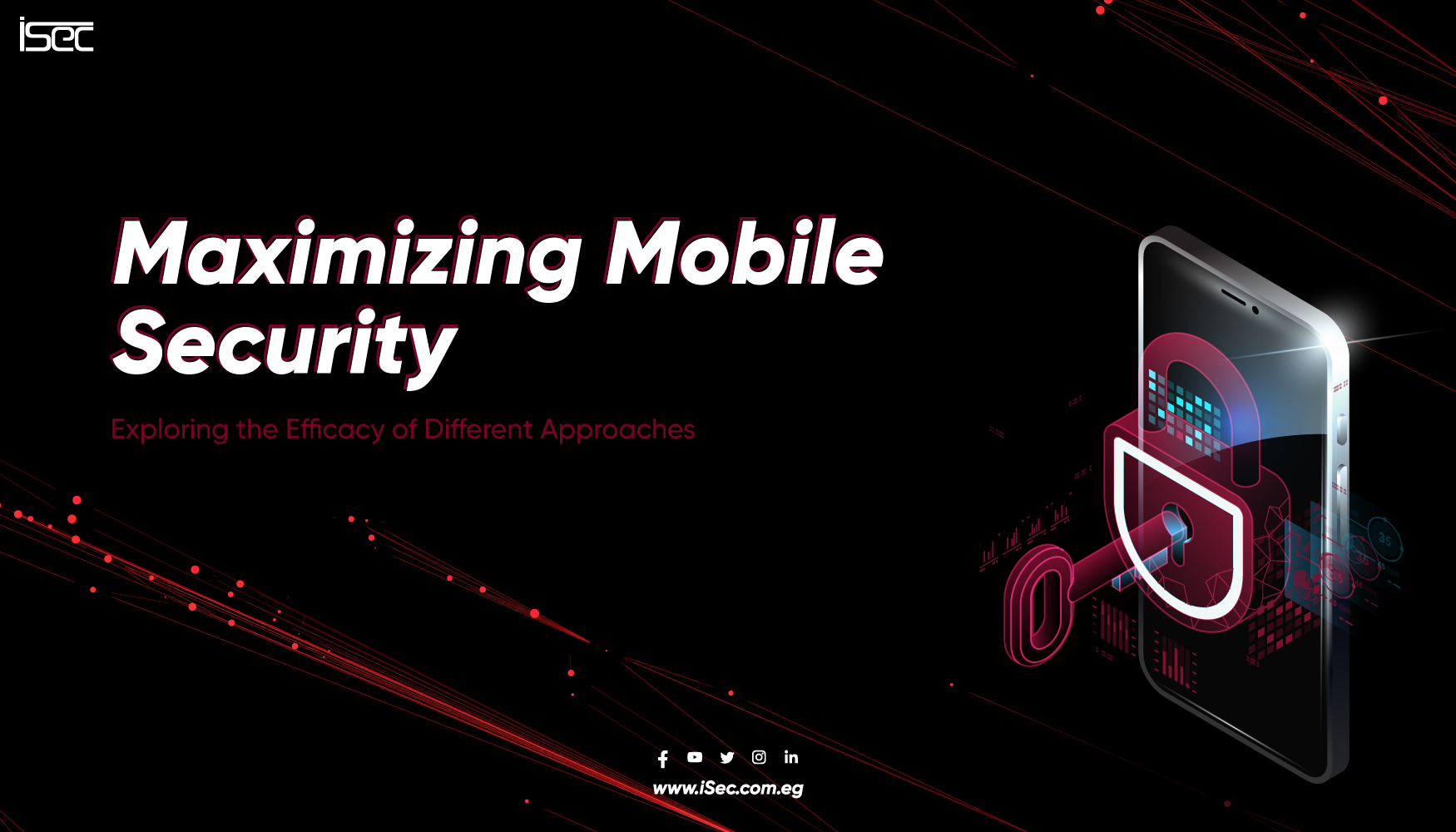
As mobile devices continue to play a central role in our daily lives, ensuring their security has become paramount. With various approaches available to enhance mobile security, it is essential to understand their efficacy in protecting our sensitive data. From continuous user authentication to encrypted communication channels and app sandboxing, each approach offers unique benefits and contributes to an overall robust mobile security posture. In this blog, we delve into the efficacy of different mobile security approaches, emphasizing the importance of a multi-layered strategy to maximize protection.
- Continuous User Authentication:
Continuous user authentication, such as biometric methods like fingerprint scanning or facial recognition, provides a highly effective means of securing mobile devices. By constantly verifying the user’s identity, this approach guards against unauthorized access. Biometric authentication is difficult to replicate or forge, making it more secure than traditional password-based methods. Its efficacy lies in its ability to provide seamless and convenient user experiences without compromising security. - Encrypted Communication Channels:
Secure communication channels play a vital role in ensuring the confidentiality and integrity of data transmitted between mobile devices and external servers. Encryption protocols, such as Transport Layer Security (TLS), encrypt data in transit, making it unreadable to unauthorized parties. By implementing strong encryption algorithms and adhering to best practices, mobile devices can establish secure connections and protect sensitive information from interception or tampering. - App Sandboxing:
App sandboxing is a technique that isolates applications from one another and the underlying operating system. By confining apps to their own virtual environments, sandboxing prevents malicious apps from accessing sensitive data or interfering with system resources. This approach limits the potential impact of compromised apps, reducing the risk of data breaches or unauthorized activities. App sandboxing is a crucial layer of defense, particularly in app-centric mobile ecosystems. - Secure Operating Systems:
The choice of a secure operating system is fundamental to mobile security. Secure operating systems are designed with robust security features, including secure boot processes, access controls, and regular security updates. These systems undergo rigorous testing and follow industry standards to ensure the highest level of protection against vulnerabilities and exploits. By utilizing a secure operating system, mobile devices benefit from a solid foundation that mitigates risks and enhances overall security. - Multi-Layered Approach:
The efficacy of mobile security approaches is further enhanced when implemented as part of a multi-layered strategy. Relying on a single security measure may leave vulnerabilities exposed. A comprehensive approach combines various techniques such as continuous user authentication, encrypted communication channels, app sandboxing, and secure operating systems. Additionally, regular software updates, strong password practices, and user education are integral to maintaining a robust security posture.
Conclusion:
Mobile security is a dynamic and evolving landscape, requiring a proactive approach to protect our sensitive data. The efficacy of different mobile security approaches lies in their ability to address specific threats and vulnerabilities. By implementing a multi-layered strategy that combines continuous user authentication, encrypted communication channels, app sandboxing, and secure operating systems, mobile device users can maximize their security and safeguard their information. Remember, staying vigilant, keeping software up to date, and adopting best practices are essential in maintaining a secure mobile environment in an increasingly interconnected world.



